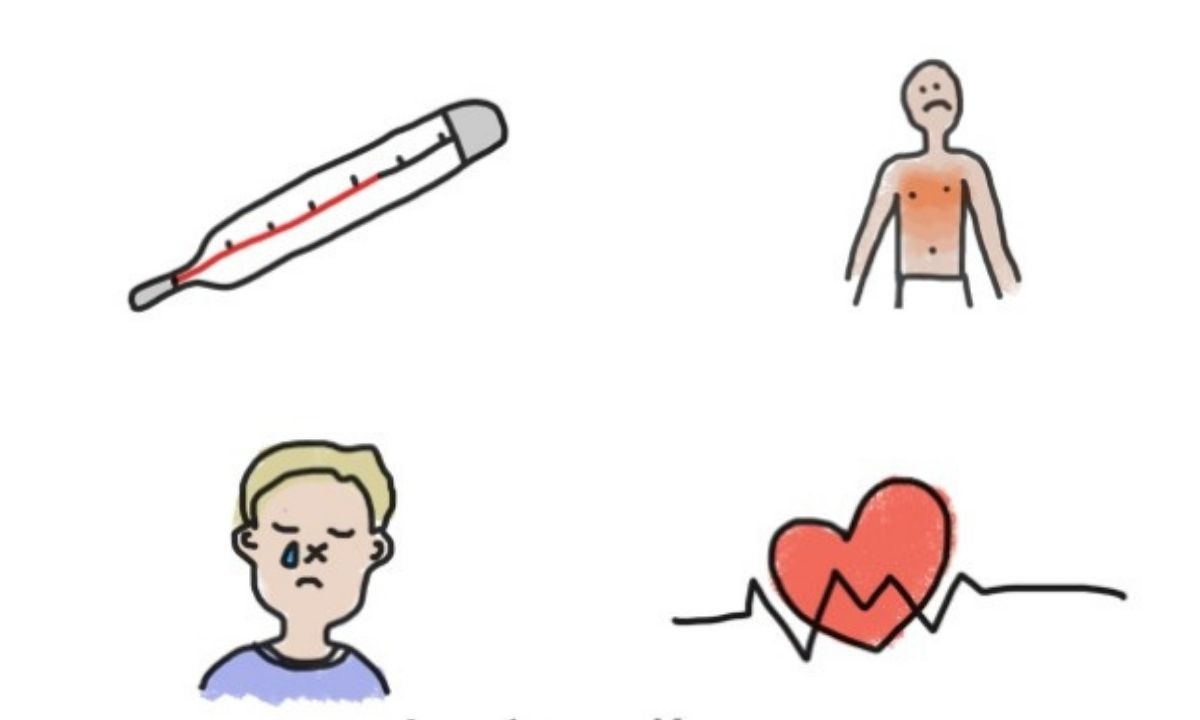As you know, the incubation period for coronavirus is from 2 to 14 days. As infectious disease specialists say, the first symptoms of the disease usually appear 2-6 days after infection. The sooner you recognize the disease, the better: measures taken in advance can help avoid complications. Of course, you should not neglect the appeal to doctors: self-diagnosis in any case is evil. But the symptoms listed in these tableshelp you quickly understand that something is wrong.
In the early stages, the coronavirus really looks like SARS. However, don’t let the “habitual” runny nose confuse you. This infection is an insidious thing: today is a common cold, tomorrow – terrible shortness of breath.
The most severe shortness of breath develops by 6-8 days after infection. It was also found that among the first symptoms may be myalgia (11%), confusion (9%), headaches (8%), hemoptysis (2-3%), diarrhea (3%), nausea, vomiting, palpitations. These symptoms at the onset of infection can be observed even in the absence of an increase in body temperature, says the guidelines of the Ministry of Health.
–
–
–
The middle course of the disease is characterized by changes in the lungs – they are already visible on computed tomography. When doctors talk about CT-1, it means that less than 25% of the lung volume is affected, CT-2 – 25-50%, CT-3 – 50-75%, CT-4 – more than 75%. Also at this stage, a decrease in saturation can be recorded: it shows the level of oxygen saturation in the blood. Normal saturation values are above 95%. Everything below is already a pathology. The main laboratory marker for the activity of the lung process is C-reactive protein (CRP). Its increase indicates the degree of damage to the lung tissue and is the basis for starting anti-inflammatory therapy.
Lactate, a product of cellular metabolism, a derivative of lactic acid, speaks of the severe course of the disease. Lactate can be found in cells both in the form of lactic acid itself and in the form of its salts. When oxygen levels drop in cells, lactate is produced in the body.
According to the Ministry of Health, only 2.5 percent of cases are overtaken by an extremely severe form of the course of the coronavirus. They show distress syndrome – this is a severe manifestation of respiratory failure when less oxygen is supplied to the organs than is required. According to statistics, 7.5% of those who have recovered have had a severe infection, 40% are sick in a mild form and 50% carry coronavirus without symptoms.
–
–




:quality(80)/cdn-kiosk-api.telegraaf.nl/4c7f4c2c-243c-11eb-a6c0-0217670beecd.jpg)